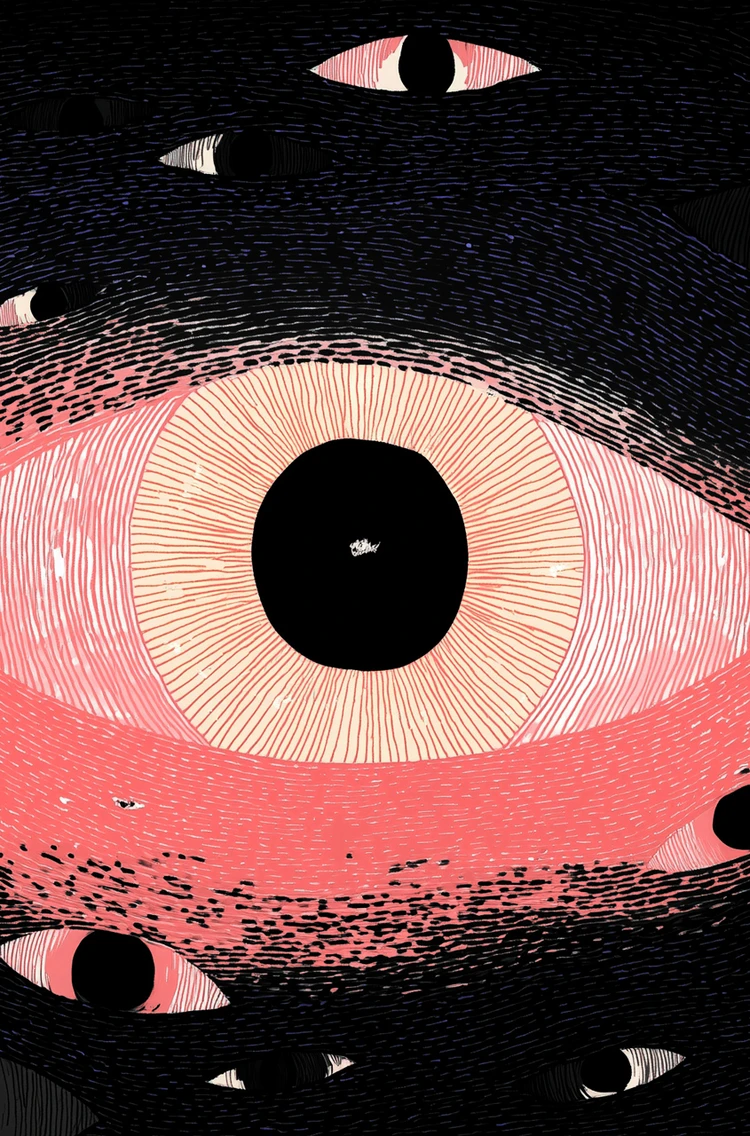Some backstory
We once had a new ecommerce client that had a difficult challenge to solve. Perhaps accidentally (perhaps not?) they had employed some dark UX patterns that led to some pretty good conversion numbers for them. Of course, it also led to some very, very frustrated customers.
They hired us to improve their customer experience and increase lifetime value. Our user research, brand research, and usability testing all confirmed the same thing: despite having good products and being a known brand in their space, shoppers hated using their site. They distrusted it to the point of feeling disrespected. They felt duped and left scathing reviews, demanding their money back. The site experience had nowhere to go but up.
But as we started presenting designs, the client feedback we heard had an underlying tone of fear.
"Can you find a way to hide 'Free Shipping' on single-item purchases? If a shopper knows they get free shipping either way, it gives them less incentive to buy the multi-pack."
- Actual-ish Client feedback (modified to protect the identity of the offender and the brand they represent)
Our client was accustomed to the conversion and revenue numbers they had (dubiously) achieved and even though they all theoretically wanted the site to be better, no one felt comfortable green-lighting designs that they knew would bring those numbers down, even if it brought other metrics up. It’s hard to give something up that you’ve gotten used to enjoying.
But where should that leave us?
If we pushed our designs, leaning on research and experience, we’d fail our customer service approach. If we accepted the bind they were in and gave in to their feedback, we’d compromise our goal to make happy users.
Strategies for helping client see past the short term benefits of Dark UX
1. Understand where they’re coming from
Let’s say you meet with your clients three hours a week, maybe swap a few emails or Slack messages. That’s such a small portion of their job; the person you’re getting in those meetings and messages is influenced by what you’re not seeing the other 37 hours that week. They likely have managers with high expectations, colleagues with different philosophies, other initiatives that are in development, career goals to manage, as well as their own expectations that reflect all of those.
The better you understand where they’re coming from, the more likely you’ll be to either create something that satisfies both of you, or know how to position your solution to resonate with them.
Ask questions.
Ask follow-up questions
Pose hypothetical situations to see how they’d respond
Ask about those other influences and how your solutions could satisfy them
Identify the bad scenarios that come from Dark UX (see below) and see how they’d handle those situations
2. Identify your allies, and your adversaries
Most likely, there are people within your client’s organization who are 100% on board with you and have been challenged by this before you were even invited to the table. Those are your allies. Ideally, they’ll stick their neck out for the cause (and you), but more likely they’ve already tried that and it didn’t get them anywhere – that’s why you’re here. They may be trepidatious at first, but at some point you’ll need their support, so figure out how you can help each other.
Conversely, identify those within your client’s organization who are willing to accept dark UX patterns, or whose direction led to them in the first place. Ultimately, those specific stakeholders are the obstacle; they are the ones whose minds you need to change.
Work with your allies to learn what has been tried in the past to change minds and what challenges were encountered. In those lessons, you’ll easily see what arguments don’t work, but you may also learn more nuanced information about your adversaries' mindsets, motivations, and philosophies. Tailor your approach to meet them where they are, rather than fight them to be where you are.
Once those allies start seeing you persuade their colleagues, they'll hop on board and support your ideas more vocally. There's strength in that collective support.
Oftentimes when we’re in this situation, our clients are laser focused on a singular KPI that they’re trying to either maintain or improve. While that number may be important, it’s likely not the only number that’s relevant. For example, on an e-commerce product detail page, the simplest number to evaluate is how many people purchased that product. But focusing too much on that leaves out other metrics that can all have a positive business impact, like:
Likelihood of purchasing a different product, possibly generating more revenue
Rate of returning and converting on a second visit
Rate of purchasing item again in the future
Lifetime Value (LTV)
Likelihood to recommend to someone else
Likelihood to leave a review that will help influence future purchasers
Perhaps your client is only focused on certain KPIs and hasn’t considered others. Or, maybe they’re measuring performance at a single point in time (e.g. a checkout process) and not over a longer period that would count repeat visitors, later purchases, referrals, and secondary purchases.
It’s up to you to show them how removing dark UX patterns can improve a number of KPIs, even if one particular KPI goes drops from its unreasonable peak.
4. Bad UX = Bad Customer Service. Good Customer Service = Good Business
If customers (and would-be customers) are frustrated with your experience, they’re frustrated with the way your brand treats its customers. And that’s just bad business.
There are probably thousands of stats out there that demonstrate the positive business impact of good customer service, but here are a few.
89% of consumers are more likely to make another purchase after a positive customer service experience. (Salesforce Research)
80% of consumers will recommend a company after a good experience. 40% will post about it on social media (Forbes).
Recommendations from friends and family are crucial for discovery (60%) and are trusted by 79% of consumers. (Power Reviews)
68% of consumers would pay more for a product or service if it’s from a company with great customer service (HubSpot)
72% of customers leave after a negative experience (Hiver)
Some simple usability testing will get you all the pull quotes you’ll need to show your client how disgusted, frustrated, bothered, disrespected, annoyed, angry, insulted, robbed, and confused (all actual words we’ve heard by people testing our client’s site) they feel when navigating experiences meant to trick them.
No one (that you want to work with) wants to be known for inciting those negative feelings.
5. If all else fails, scare the pants off of them
Malicious design is frowned upon, not just by consumers but also governments.
The point of this is not really to invoke the threat of a lawsuit (hopefully you’re not being asked to create an experience that would result in legal action), but to consider how seriously these bad practices are being taken. If your client won’t listen to you, maybe they will listen to a cautionary tale from brands that have paid the price.
And it likely won’t stop with a handful of high-profile examples. Congress has pursued numerous bills on the topic, most notably the DETOUR Act which was Introduced in 2021. And the FTC is on the case too, ramping up enforcement against illegal dark patterns.
Take a step back and decide for yourself
Definitely try every angle to sway your client's opinions, but ultimately they control the final design decisions. That doesn't mean you don't have choices to make.
You decide which clients align with your values and professional standards. Every situation is different, so choose what's right for your circumstances and principles.



